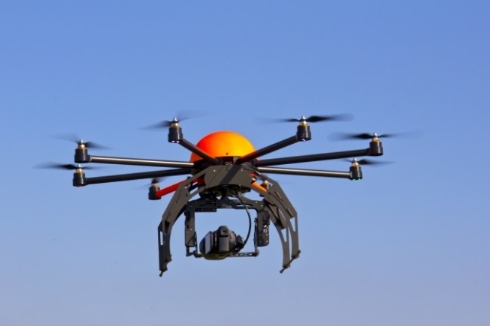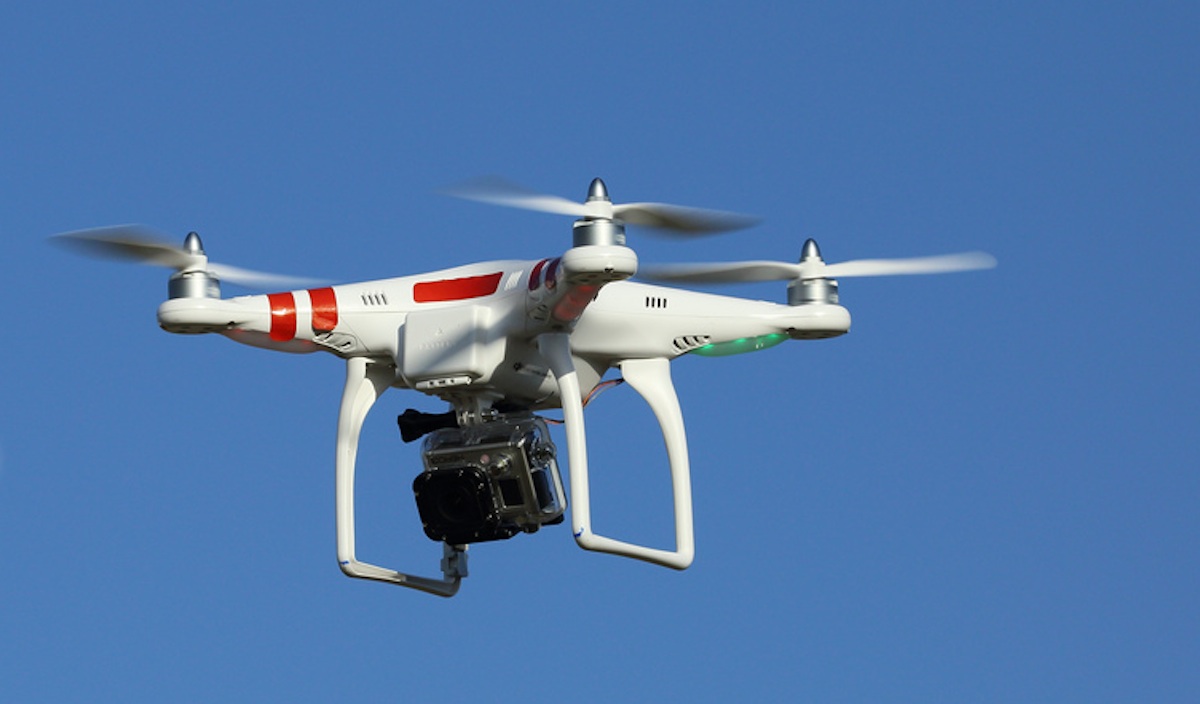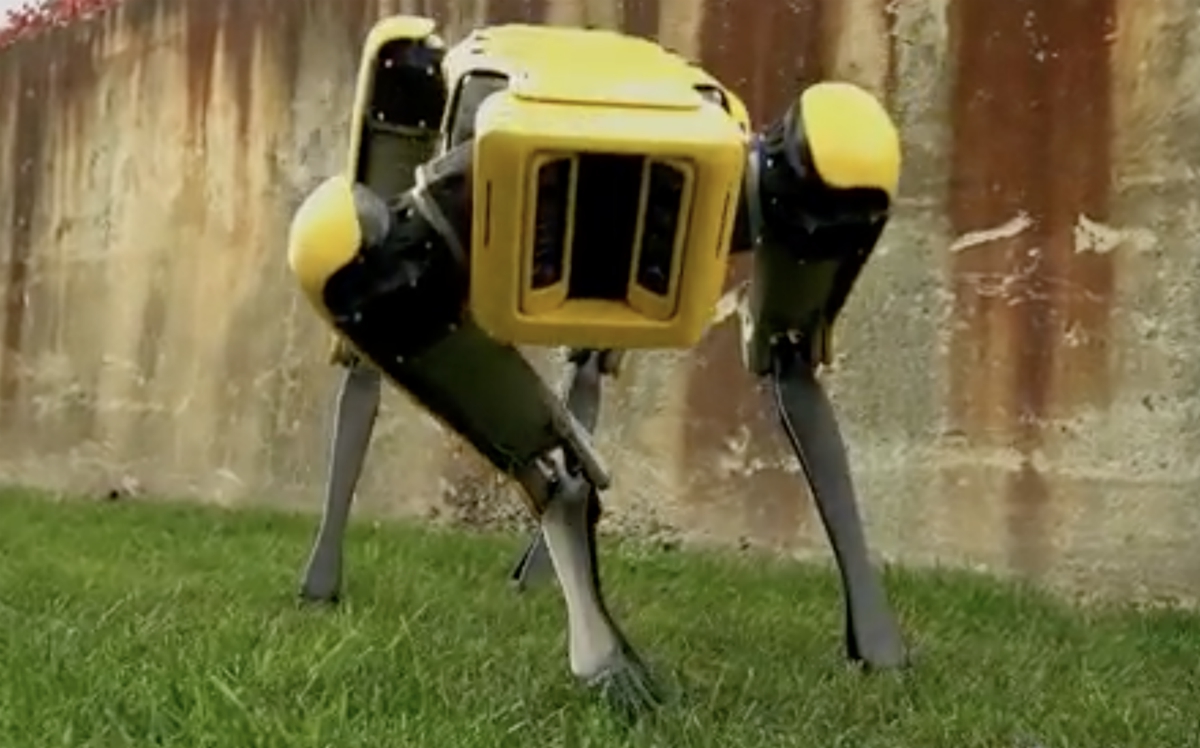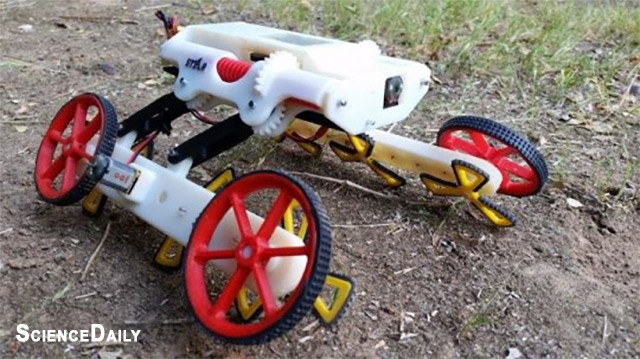New technique developed for detecting unauthorized drone filming
02/14/2018 / By David Williams

Cybersecurity researchers over at the Ben-Gurion University of Negev (BGU) and the Weizmann Institute of Science have developed a new technique to detect if a drone-mounted camera is recording a targeted house or subject. The study, titled “Game of Drones — Detecting Streamed PO from Encrypted FPV Channel,” shows a definitive method that would allow detection of invasive drone camera use over one’s property or person.
- The team of researchers created a new technique that can be used to detect illicit video recording with the use of a drone camera. According to the researchers, this has become a growing concern due to the proliferation of drone use both for personal and business purposes, and now it is starting to affect people’s privacy and safety.
- The technique only requires the use of a laptop and an object that flickers to detect if someone is using a drone to spy on other people. They used it on two tests: two outdoor tests that each takes into consideration uses for people as well as property.
- In both test cases, the researchers placed smart film and entered a few software commands on a laptop in order to access the encrypted video stream taken directly from the drone camera’s point of view.
- The researchers noted that the biggest thing that works to their advantage — and therefore makes the technique possible — is the ability to force controlled physical changes to captured targets in order to influence the bitrate being transmitted on the drone camera’s stream channel.
- Any laptop that can run Linux OS is said to be capable of running the software needed for the technique.
The researchers put a clear emphasis on the potential for their new technique to thwart privacy invasions and put an end to illicit drone recordings, not just for consumers but even for members of the military.
Journal Reference:
American Associates, Ben-Gurion University of the Negev. “New method to detect illicit drone filming developed.” ScienceDaily. ScienceDaily, 15 January 2018. <www.sciencedaily.com/releases/2018/01/180115120558.htm>.
Tagged Under: drones, future tech, Glitch, research, spying, surveillance



















